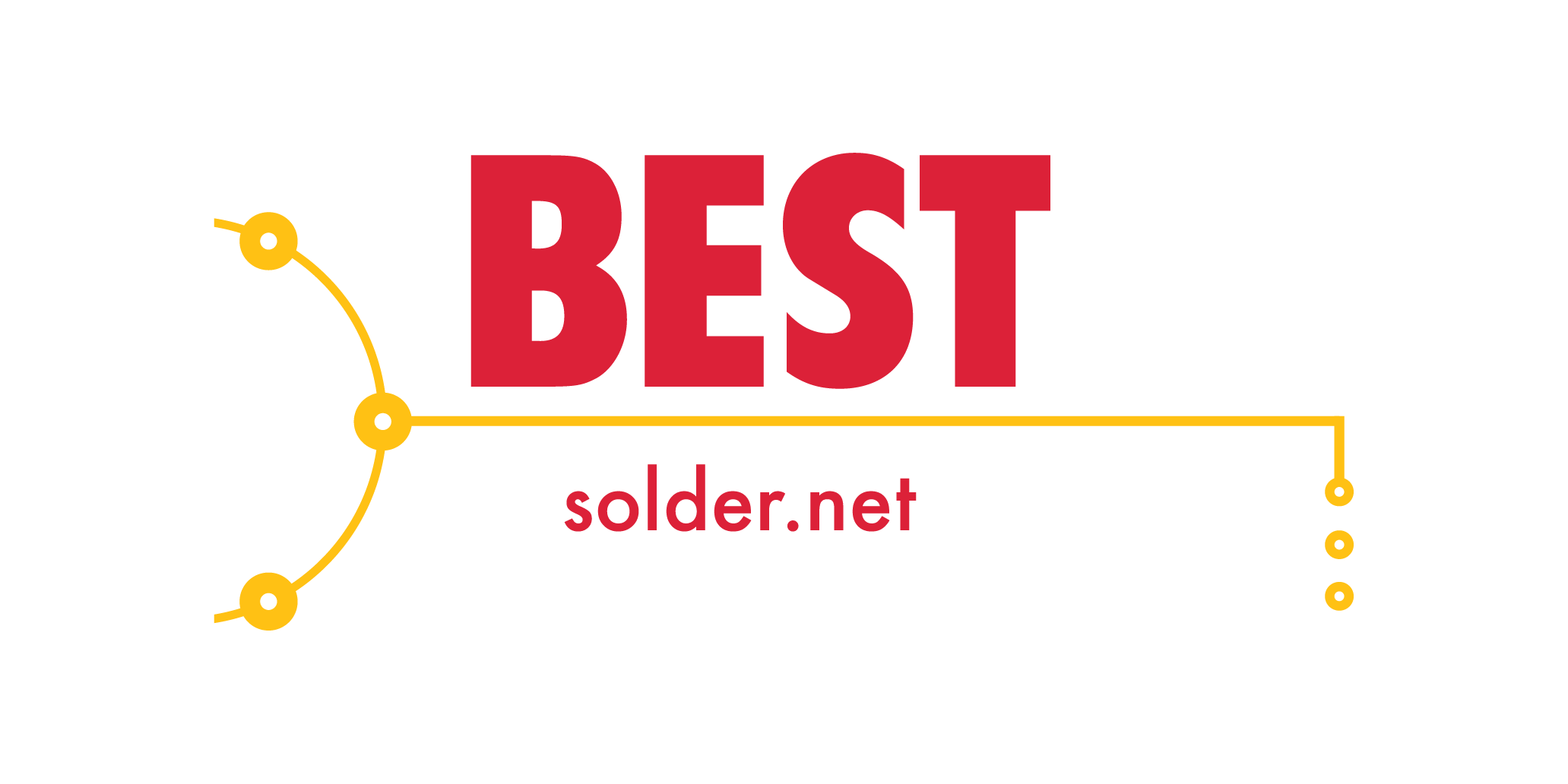5 Things To Know About Soldering
Posted by Staff - Soldertraining on Dec 8th 2021
Soldering is a critical stage in the PCB manufacturing process. It helps to join the different electronic parts by melting solder around the connection. The circuit performance and working depend on the perfect soldering achieved during the PCB assembly and fabrication. The stakeholders must align their working process to the best practices to obtain the best results. It could otherwise lead to component damage or even personnel harm.
With the soldering iron, you need to heat and melt the solder onto the metal, to create an alloy of the metal and solder at the connection surface. The solder can be supplied in two different types, lead and lead-free, and the diameters range between .032" and .062". Inside the solder core lies the flux, which helps in strengthening and improving its mechanical properties.
Opting for soldering training and certification gives you a solid grip on effectively conducting the soldering process. You can choose to obtain training from Best Inc. Besides understanding the steps and tools involved in hand soldering, it provides a fair understanding of eliminating common PCB soldering problems that can compromise PCB quality.
Soldering Techniques
Two major approaches to soldering include:
Mass production soldering: It uses soldering techniques like wave soldering or infrared reflow. The components are mounted on the circuit board, and these are soldered at the same time.
Small scale production: It generally uses soldering iron and solder wire. The stakeholders must have adequate skills to create neat and effective joints. You can use these soldering techniques for small projects, soldering PCBs, making leads, and other applications.
Important concepts in Soldering
Materials And Equipment
The soldering kit consists of the necessary equipment for the soldering process. Some essential components are soldering iron, rosin core solder, stand for the iron, solder blade, sponge, prototype board, steel wool or fine sandpaper, and crocodile clips.
Preparing
To prepare the soldering iron, place it in its stand and plug it in to heat it. Use the temperature controller to adjust the temperature settings. Moisten the sponge, and clean the iron tip. Melt a little solder on the iron tip. The tip should have a shiny silver color.
Safety Precautions And Tips
Use the soldering iron with caution. Heat it around 400°C to use it, and when you do not have to use it, ensure that it is unplugged. You must work in a well-ventilated area. Prepare a checklist for the entire soldering process, and follow it sequentially so that you do not have to miss out on anything.
Soldering
Plugin the soldering iron and heat its tip before applying the solder. Once the solder starts to flow to the point, unplug the iron. Keep the tip and solder connected as the solder cools. Refrain from overheating it to prevent damage to the electrical component. Inspect the joint to check the connection. Wipe the soldering iron tip using a damp sponge.
To Conclude:
These are some of the essential aspects covered in soldering. It is used in electrical and electronics projects to combine the components with the PCB and release high-quality boards.





